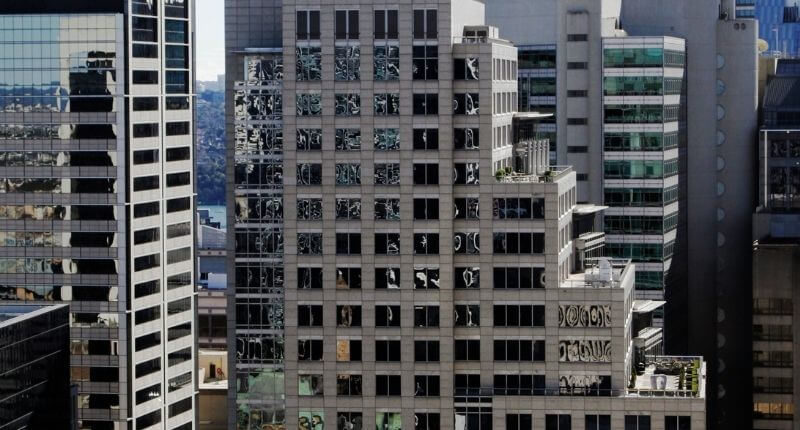- Melbourne's occupancy rate has jumped from 24% to 35%
- Property Council CEO calls for more reactivation in CBDs
- Office workers, however, want more workplace flexibility
Data released by the Property Council of Australia (PCA) from their latest CBD office occupancy survey has shown workers nationally are increasingly returning to CBDs with Perth, Sydney and Melbourne all recording higher occupancy levels over the past month.
Melbourne saw the biggest jump thanks to restrictions relaxing after it went into lockdown back in February with a 35% occupancy rate in March compared to 24% recorded in the last week of February.
Perth recorded an increase from 65% to 71%, after the rate had fallen in early February due to its own snap lockdown.
All the other capitals recorded slight increases in their occupancy rates, such as Sydney, which increased by 2% to 50%.
Ken Morrison, PCA’s CEO, said the momentum of Australia’s economic growth could be maintained by embracing the reactivation of CBDs.
“We have more work to do before they are once again firing on all cylinders. City centres need to be driving the next stage of economic recovery as government stimulus and support measures wind down.
“Millions of jobs and hundreds of billions of dollars in broader economic activity are reliant on a high level of activity within Australia’s CBDs.”
Ken Morrison, CEO, Property Council
Notably, the survey highlighted that the main barrier to achieving full occupancy was worker preferences for flexibility. Additionally, both government restrictions and concerns about travelling on public transport are less influential factors than they had been in previous surveys.
Despite the increase in occupancy levels, Mr Morrison is adamant the rate needs to increase further due to CBD businesses that rely on foot traffic – primarily those in the retail and hospitality sectors.
Earlier this month, the PCA’s Victoria division called on both the public and private sectors to rally around its Fab Friday initiative – one such measure they said could increase foot traffic in Melbourne.
“Cafes, restaurants, shops and other CBD businesses who rely on office workers being back, particularly in Melbourne, have been slower in reducing their dependence on JobKeeper payments and will be feeling the pressure over coming months,” said Mr Morrison.
Mr Morrison also welcomed the major banks and other employers committing to bringing back tens of thousands of employees to CBD offices.
“It has been encouraging to see the Federal Treasurer urging corporate leaders to consider the role their workforces can play in stimulating recovery in our CBDs.”
“Employers who are leading by example are benefitting from face-to-face connections and collaboration as well as helping to supercharge Australia’s economic resurgence.”








